10. Brazil

9. India
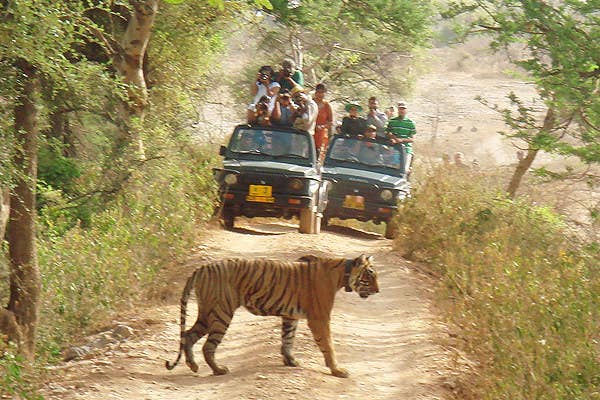
8. The Congo
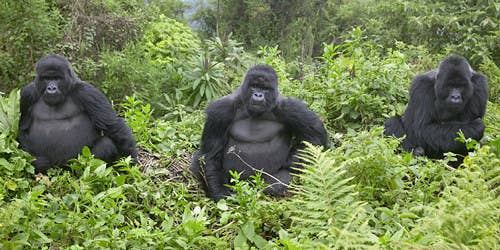
7. Zimbabwe
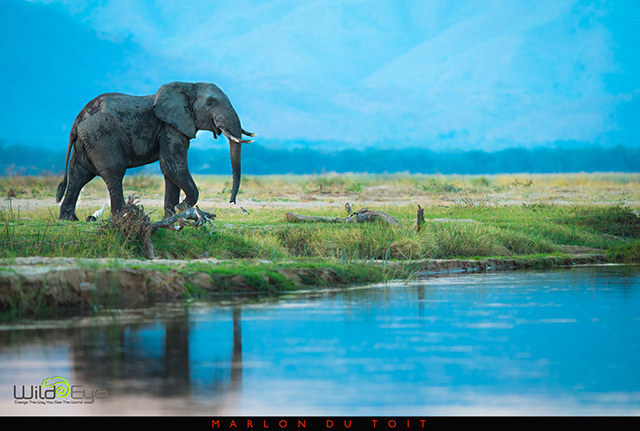
6. Uganda
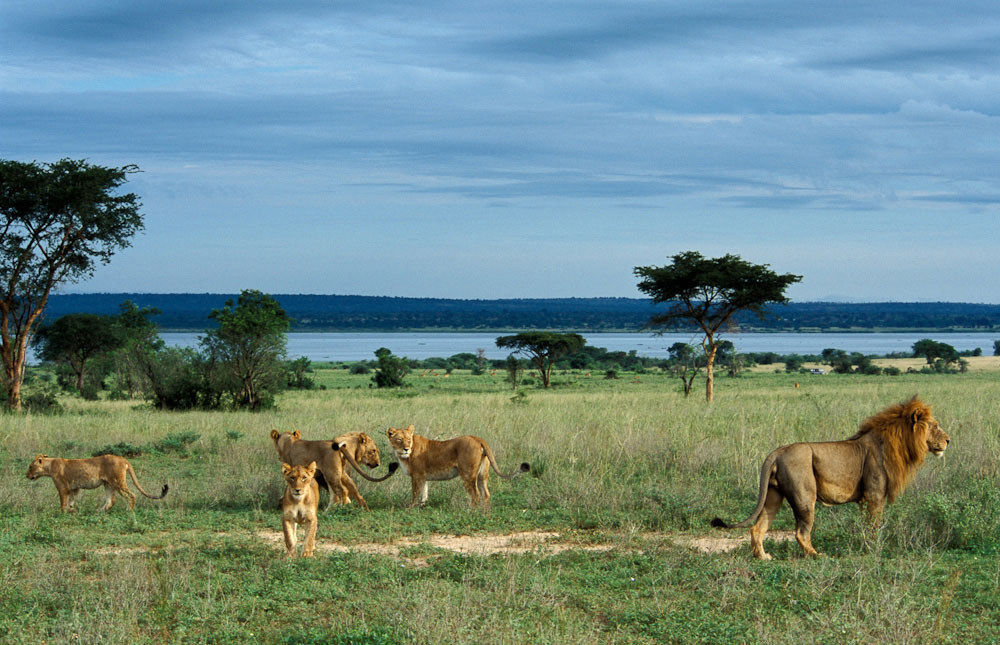
5. Namibia
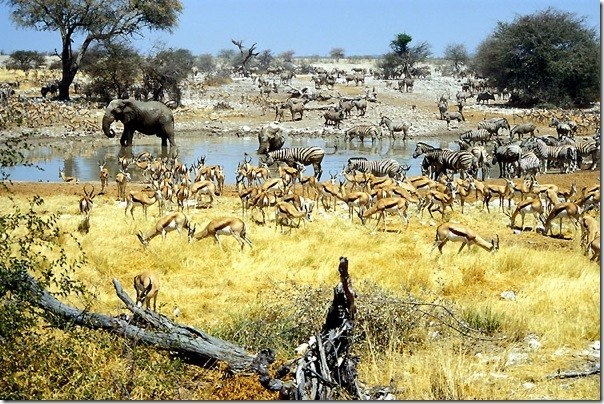
4. Botswana
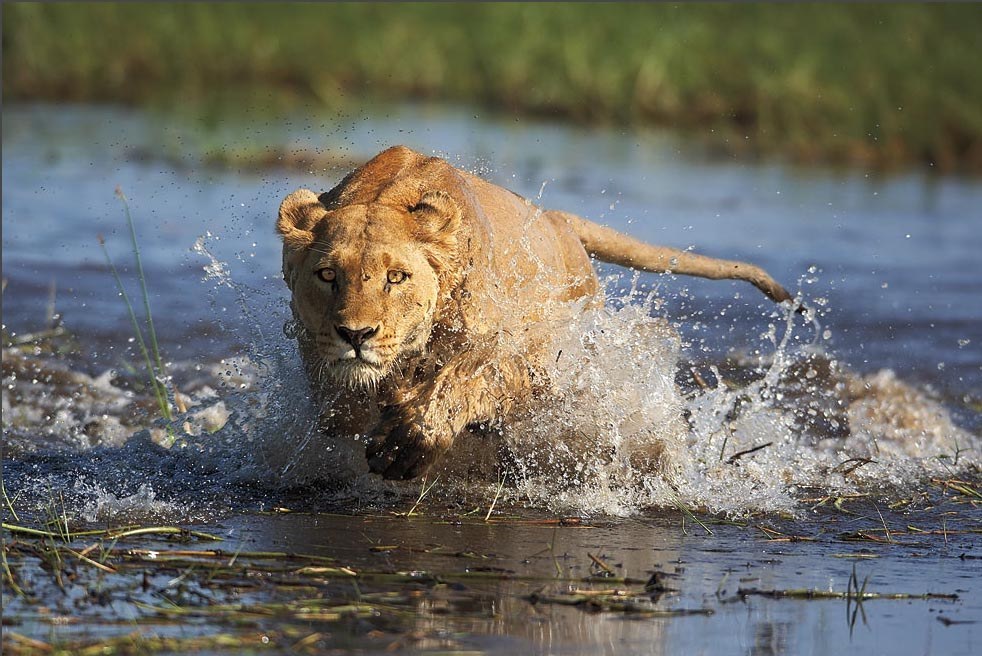
3. Kenya
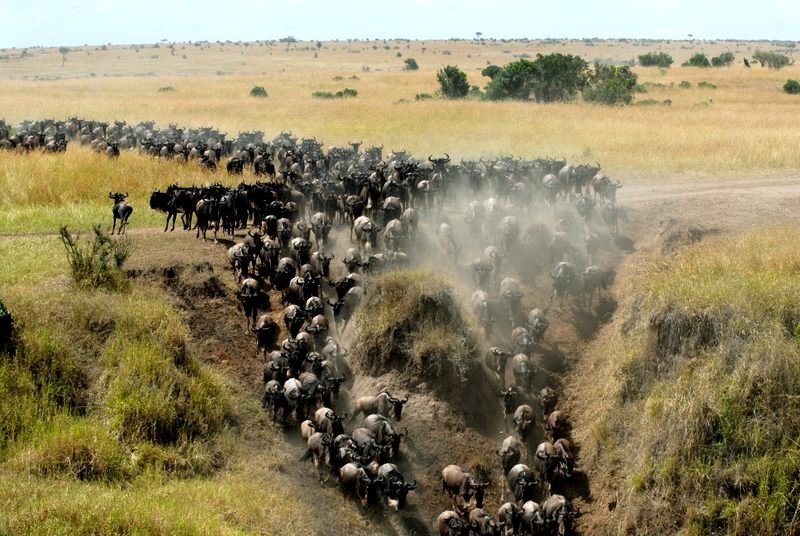
2. Tanzania
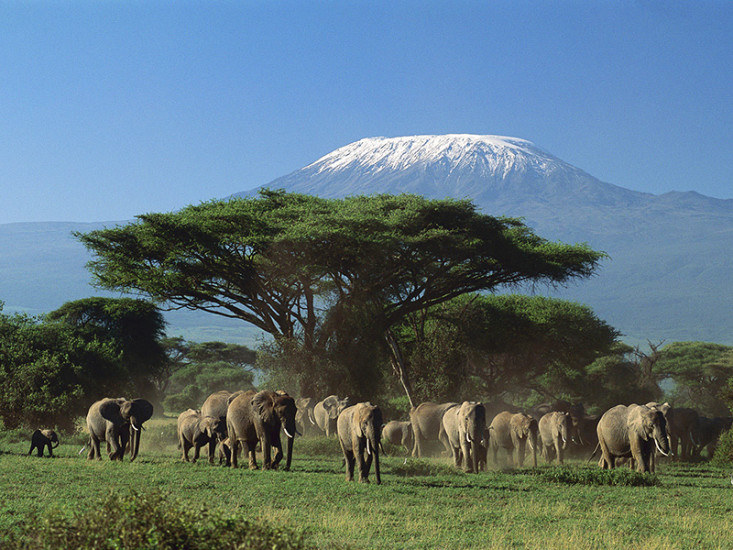
1. South Africa
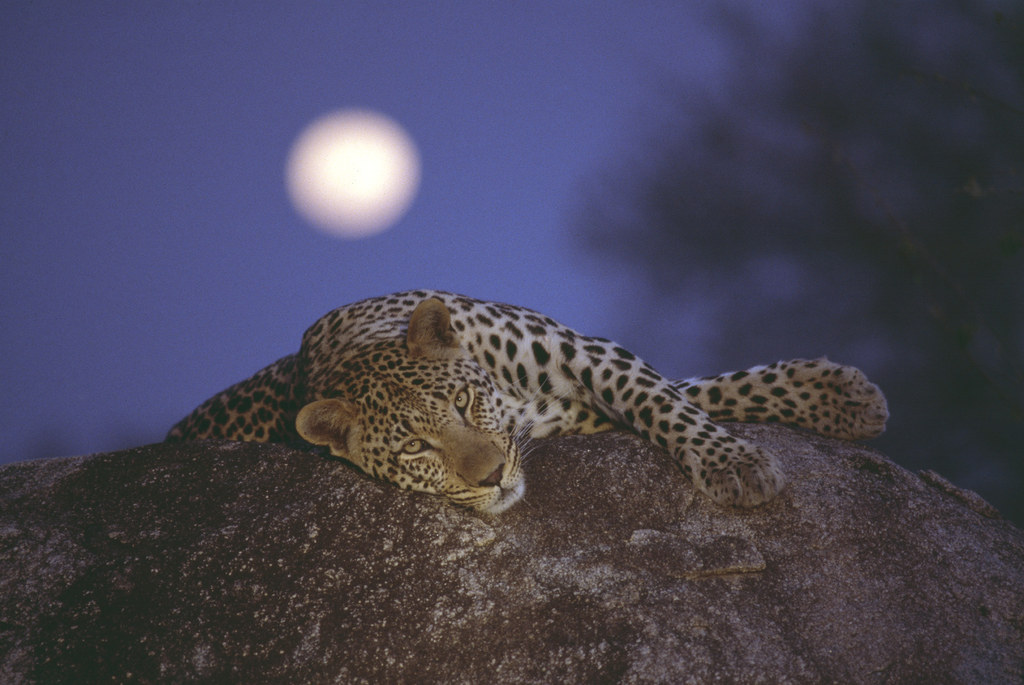
There aren't too many places with really wild places any more, and those countries that have them are pretty amazing. Here are the ten countries that are best for getting up and close with wildlife!

Very few non African countries stand a chance on a list like this, but Brazil does! With the glorious Amazon rain forest and the spectacular Pantanal, this is the most biodiverse country on Earth. It’s also the best place to see Jaguars in the wild!

OK, TIGERS! Nuff said! They alone would be enough to warrant a mention on this list, but adding Indian Elephants, wild peacocks and spotted deer takes it even higher!

This country should be even higher on the list, but the wildlife is sometimes difficult and dangerous to see thanks to civil war and the presence of guerrilla forces. However, with an array of animals possibly unmatched anywhere, it would be remiss to exclude the Congo. Some even say there are living dinosaurs there, and there are definitely Gorillas, Elephants and Pygmy Hippos!

Magnificent parks in Zimbabwe such as Hwange and Mana Pools make for a wild experience that is difficult to match, and it is one of very few nations where the "Big 5" is relatively easy to see. Add the possibility of viewing Hippos, Elephants and Crocodiles while cruising on the Zambezi near Victoria Falls, and it is a must see Wildlife destination.

Murchison Falls is probably the most famous park in the country, but with “The Mountains of The Moon” and a large portion of Lake Victoria, don’t think this central African country is a one trick pony! The Pearl of Africa offers probably the best chances of viewing both Highland and Lowland Gorillas in the wild.

Namibia’s undoubted wildlife highlight is Etosha National Park. This eden is found in an arid area, yet before the arrival of rains Etosha hosts a population of animals near its watering holes that is to be seen to be believed. Some of the panhandle of the Okavango Delta passes through the Caprivi Strip, an area of surprising lush vegetation, whilst the deserts to the South of the country offer surely the most spectacular places on earth in which to view wild Oryx and desert Elephants.

The Okavango Delta alone would demand that Botswana be on this list, but it is catapulted to the top 5 once one considers that it also has The Central Kalahari Game Reserve and shares the magnificent Kgalagadi Transfrontier Park with neighbouring South Africa. As if that were not enough, Botswana also has Chobe National Park, home to more Elephants than anywhere else on Earth. The Delta is the undoubted jewel though, and is regarded by many as the most pristine wilderness left on earth. It’s probably the only country where one can see Lions swimming in search of prey while elephants go ’snorkelling by'!

Spurred along by movies such as “Out of Africa”, the land of the Maasai Mara is probably the iconic wildlife destination of Africa. It is one of the easiest places on earth to see “The Big 5”: Lion, Elephant, Buffalo, Leopard and Rhinoceros. The first three are especially easy to find in Kenya. The migration across the plains is one of the two greatest movements of biomass on earth, matched only by South Africa's "Sardine Run”, and takes weeks to complete. The sight of millions of Zebras, Wildebeest and Gazelles is regarded by many as the greatest spectacle offered on planet Earth, especially as it is typically followed by the largest populations of Lions in the world.

The images of the Serengeti burn in ones mind like a beautiful mirage. Horizons that stretch impossibly broad and stark host gigantic populations of animals only matched in neighbouring Kenya. From the turquoise coast of Zanzibar and the Spice Islands to the great game reserves of the interior, the nation is an embarrassment of natural treasures. During the migration between the Serengeti and Maasai Mara, millions of ungulates make the journey in search of sweet grass, producing a sight that is beyond belief. Images of the glacier capped Mount Kilimanjaro with Elephants or Giraffe in front of it, usually in Mount Kilimanjaro National Park, or in Kenya’s neighbouring Amboselli, help define the wild continent of Africa. Countless flamingos on lakes like Manyara and bright pink Natron are surreal spectacles, and Ngorongoro crater hosts the highest density of large carnivores in the world. Tanzania is the stuff of the wildlife enthusiasts’ dreams.

The only country that perhaps surpasses even Kenya and Tanzania finds itself at the very bottom of the continent. South Africa is the most biodiverse country in Africa and has one of the two largest migrations by biomass on Earth. The "Sardine Run" off the south coast of the country is the last giant fish migration on Earth and sees individual schools of fish that can be literally cubic kilometres in size. Sharks, Dolphins, Whales and sea birds accompany the fish in their numberless thousands, making a spectacle that is hard to rival. Of course, though, it is the big land animals for which South Africa is most renowned. The black maned desert lions of the Kgalagadi Transfrontier park are world famous, Isimangaliso Park is the one place that Hippopotami, Whales, Sharks and Crocodiles frequently share waters and Hluhluwe Imfolozi is much of the reason the Rhinoceros did not become extinct in the 1980s. The Greater Kruger National Park has the largest diversity of large mammals of any reserve in the world, and is the easiest place on Earth to see “The Big 5”, particularly due to it having the largest Leopard and Rhinoceros populations in the world. Many private reserves attached to Kruger, such as the Sabi Sands, guarantee all five within a single day’s game viewing. The country's parks range from budget to some of the most luxurious hotels in the world, meaning that South Africa is a wildlife haven that not only suits every pocket, but that also offers probably the greatest game viewing in the world.
